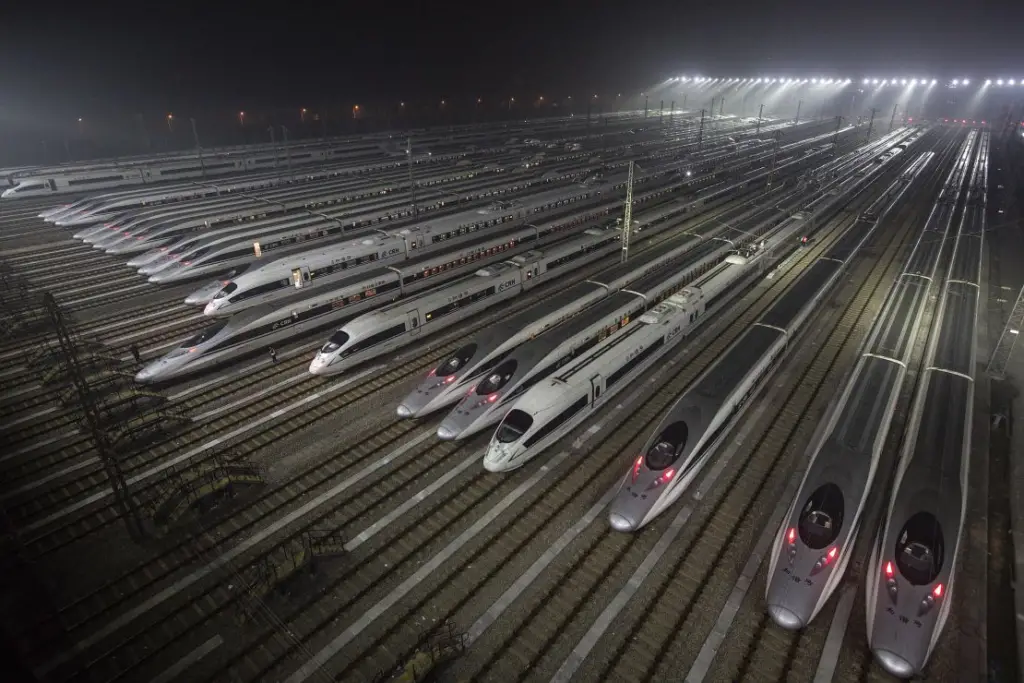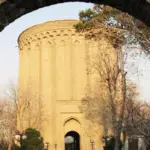China’s high-speed rail network has become one of the most remarkable feats of modern transportation. Since the launch of its first high-speed rail line in 2008, the country has undergone a revolution in how people travel, with the expansion of its rail infrastructure now unparalleled globally. With over 45,000 kilometers of high-speed rail lines, China has solidified its position as the leader in the world of rapid rail travel. This extraordinary achievement not only showcases China’s technological prowess but also underpins its economic and environmental ambitions.

Unprecedented Growth in High-Speed Rail Infrastructure
China’s commitment to the expansion of its high-speed rail system has resulted in a network that spans the vast expanse of the country. In just 16 years, the country has developed the world’s largest high-speed rail infrastructure, connecting cities, provinces, and regions that were once difficult to access in a fraction of the time. The first high-speed rail line, which connected Beijing and Tianjin, marked the beginning of this ambitious journey. Since then, China has seen exponential growth in the number of high-speed lines, with trains running at speeds of up to 350 kilometers per hour (217 miles per hour).
This swift expansion has transformed the way millions of people travel daily. Cities that were once several hours apart are now easily reachable within minutes, drastically reducing travel times and providing an efficient alternative to air travel, particularly for shorter distances.

Economic and Technological Advancements
The growth of China’s high-speed rail system has brought numerous benefits to the country, most notably in its economy. The development of high-speed rail has played a crucial role in regional economic integration, driving local economies by providing quicker access to larger markets and boosting tourism. Major cities and rural areas alike have reaped the rewards, as the rail network facilitates better mobility for businesses, workers, and tourists.
Additionally, China’s push for technological innovation in rail engineering has sparked advancements in multiple industries, including construction, electronics, and materials science. China has pioneered the development of cutting-edge rail technologies, including the CRH (China Railway High-speed) series of trains, which are now a symbol of the country’s engineering excellence. These trains not only offer speed but are also designed for comfort, energy efficiency, and environmental sustainability.
Environmental Benefits of High-Speed Rail
One of the most important aspects of China’s high-speed rail expansion is its role in promoting sustainable transportation. As the world grapples with the challenges of climate change and environmental degradation, China’s rail network offers a cleaner, more eco-friendly alternative to traditional modes of transport. High-speed trains emit far less CO2 per passenger compared to cars and airplanes, making them a crucial component in the fight against global warming.
By reducing reliance on fossil fuels and encouraging the use of mass transit, China’s high-speed rail system is contributing to a greener, more sustainable future. This focus on environmental sustainability is aligned with the country’s broader goals of reducing carbon emissions and promoting renewable energy sources.

The Global Impact and China’s Leadership
China’s high-speed rail network has not only revolutionized domestic travel but also positioned the country as a global leader in rail infrastructure. The country’s expertise in rail technology and operations has sparked interest worldwide, and China has become an exporter of high-speed rail technology. Through strategic partnerships and agreements, China is now helping other countries build their own high-speed rail systems, particularly in developing regions such as Southeast Asia, Africa, and Latin America.
This international outreach has cemented China’s position as a key player in global transportation. The expansion of China’s high-speed rail network serves as a model for other nations looking to modernize their own infrastructure and reduce carbon emissions. China’s ability to build and operate such a vast network has demonstrated what is possible when nations invest in long-term vision, innovation, and collaboration.
Like Us on Facebook!
A More Connected and Sustainable World
Imagine a future where people can travel thousands of kilometers in just a few hours. China’s high-speed rail network has made this dream a reality, offering a glimpse into the future of transportation. With each new rail line, the country continues to make strides toward greater connectivity, sustainability, and efficiency.
Subscribe Us on YouTube!
As the world becomes increasingly interconnected, China’s role in transforming global transportation cannot be overstated. The high-speed rail network stands as a testament to the power of strategic vision and technological innovation, bringing us closer to a future where travel is faster, cleaner, and more accessible to all.

China’s remarkable achievements in high-speed rail development have not only changed the landscape of transportation but have also contributed to global progress in sustainable travel. The vision and determination that have powered China’s high-speed rail revolution serve as an inspiration for the rest of the world, showing what can be accomplished when nations prioritize innovation and sustainability.





















